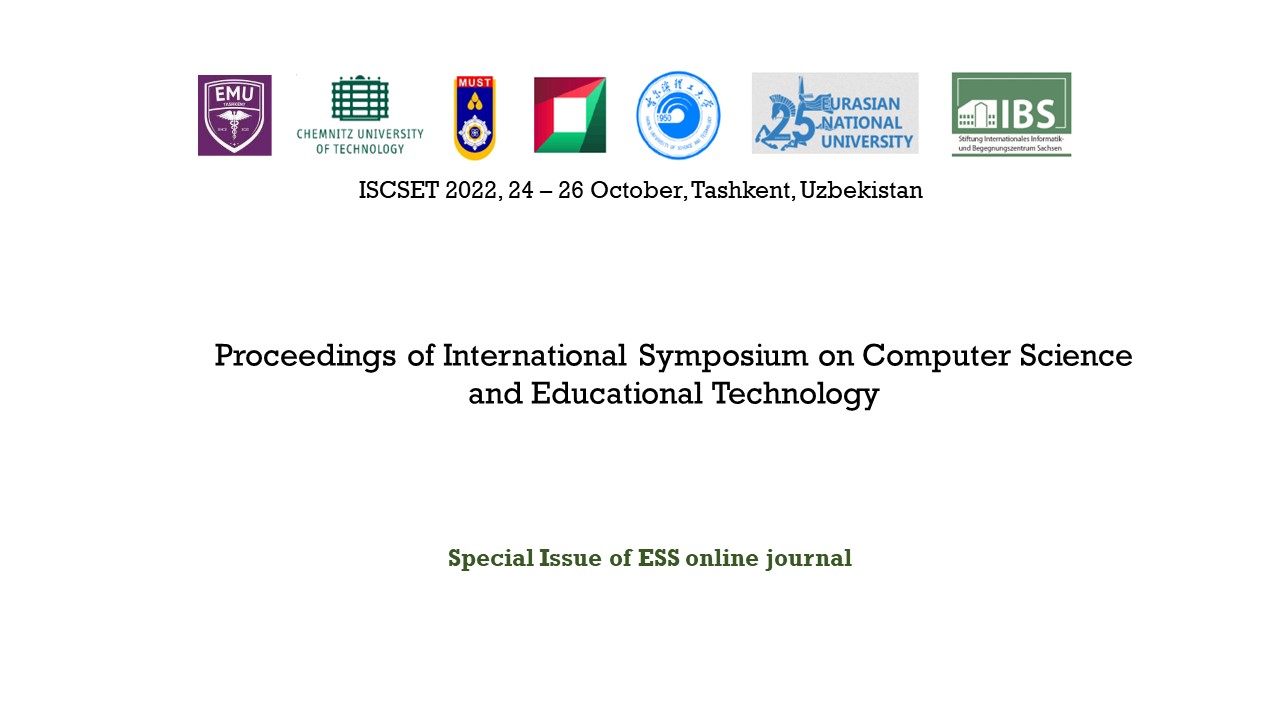Current Situation of The Digital Transformation of The Mongolian Education Sector
DOI:
https://doi.org/10.14464/ess.v9i3.526Abstract
Digital learning is a comprehensive, innovative approach to the provision and management of education. In order to incorporate this approach into our education system, there is a need for the capacity building of human resources, incorporate distance education resources, adapt curricula and teaching methodologies to distance education, enhance students’ and instructors’ digital capacities, plan and develop a comprehensive open University system and diligently research the potential risks that are posed to our students’ and instructors’ wellbeing, privacy and security as a result of the digital transformation.
Policies and programs such as Mongolia’s “Sustainable Development Goals”, “Vision 2050 – Mongolia’s long-term development policy”, “Digital Society medium-term program 2022-2027”, “2020 – 2024 Mongolian Government operational program”. “Medium-term Education Sector Development Plan” have established the legal environment for the incorporation of digital technologies into the education sector.
As a result of the Covid-19 pandemic that has ravaged the world since 2019 a dire need to transform the development strategies, plans and education arose in countries across the world. Attempts to prevent and minimize the spread of Covid-19 further necessitated the development and conduct of online and hybrid classes and we have been using digital technologies to maximize the effectiveness of education in the New Normal.
The purpose of this paper is to determine the issues facing the digital transformation of education in terms of management, organization, curriculum, content, methodology, digital competencies of specialists, infrastructure, online resources, as well as education financing and propose solutions to some of the key issues.

Downloads
Published
Issue
Section
License
Copyright (c) 2022 Munkhmagnai Altangerel, Buyandelger Banzragch, Sanjaabadam Sed

This work is licensed under a Creative Commons Attribution 4.0 International License.
Copyright for articles published in this journal is retained by the authors. The content is published under a Creative Commons Licence Attribution 4.0 International (CC BY 4.0). This permits use, distribution, and reproduction in any medium, provided the original work is properly cited, and is otherwise in compliance with the licence.


